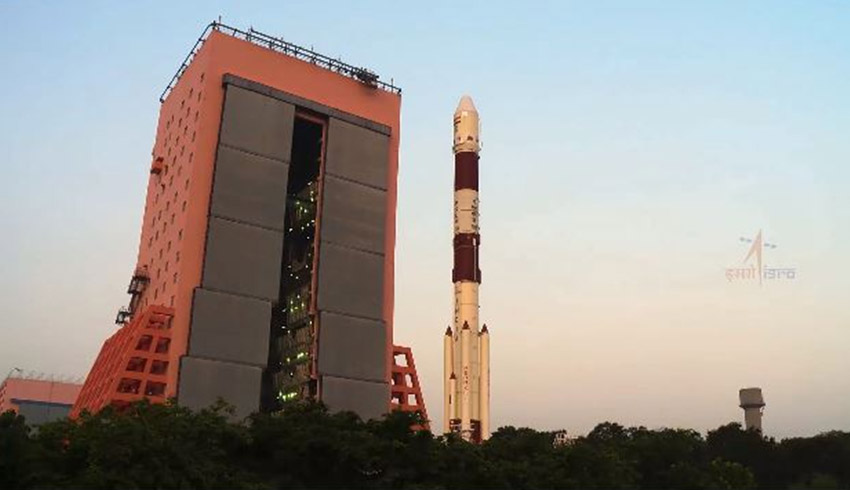India plans to be the fourth.
But it has encountered just the same problems as everyone else – a shortfall of funds – which may delay its ambitions, which start with placing humans in orbit and extend to crewed missions to the moon and eventually Mars.
So far two Indians have flown to space. The first was Rakesh Sharma on a Russian mission in 1984 and the second Kalpana Chawla, on two NASA missions. She died in the 2003 Space Shuttle Columbia disaster.
India successfully placed a lander on the moon, although its second moon mission last year ended in failure. The country has also placed a probe into orbit around Mars.
India’s objective for human space flight was to place three astronauts in orbit and returning them to Earth before the 75th anniversary of the country’s independence from Britain in August 2022.
However, media reports from India indicate the human space flight program, called Gaganyaan, received only 30 per cent of the funding sought by the Indian Space Research Organisation (ISRO) for this year’s budget.
Why a program of such importance to Indian national prestige hasn’t received the funding it needs hasn’t been explained.
ISRO said it will find a way around this problem but hasn’t said how.
The 2020-21 budgetary estimate for Gaganyaan is about US$639 million, which accounts for about a third of ISRO’s entire annual budget.
However, the actual amount ISRO has allocated for human spaceflight is US$180 million.
ISRO anticipates it will cost about US$1.5 billion to launch Gaganyaan before the anniversary on 15 August 2022.
Space.com said human spaceflight programs typically deal with reduced budgets by delaying launches or by making cutbacks within the program.
The Times of India said the parliamentary committee on science and technology, environment, forests and climate change released a report last week seeking more funds to make up the budget shortfall.
India is already well advanced on its human spaceflight program.
The first big step will be an uncrewed Gaganyaan test mission, planned for the end of this year or early 2021, followed by a second test flight.
If all goes to plan under the current schedule, humans would fly in December 2021.
Already ISRO has made significant progress on the technology. The preliminary design review of the crewed capsule has been completed. A pad abort test to qualify the crew escape system was conducted successfully in 2018.
Crew selection and training is also underway.

